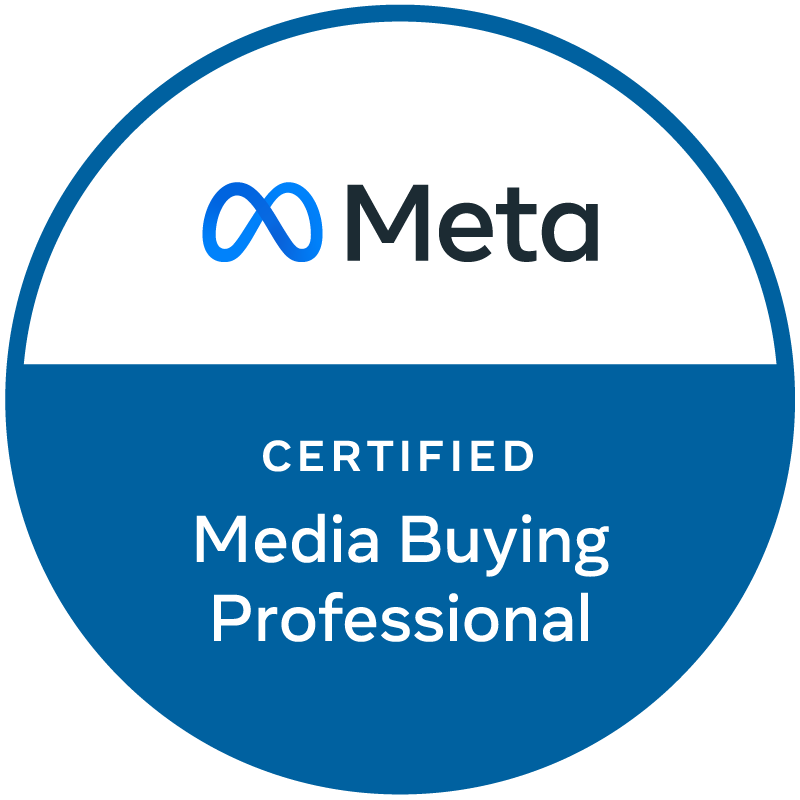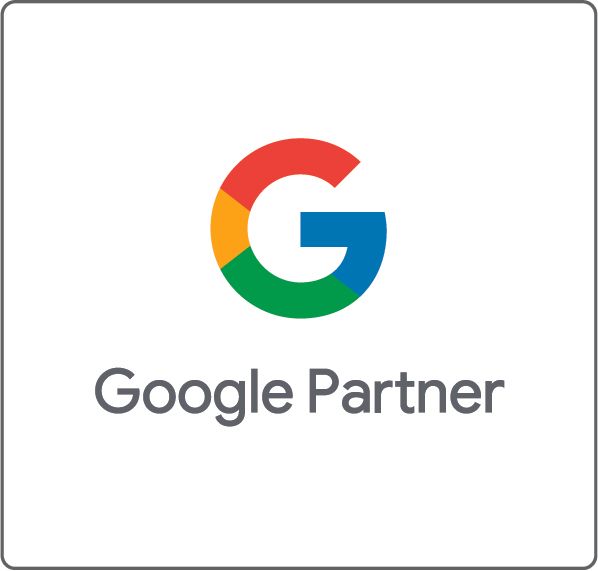The Latest Streaming Options
People are watching TV, just not on cable…
Does anyone actually watch all of those channels that the cable provider offers? It is becoming more and more common for consumers to ditch their Spectrum, Verizon or DirecTV memberships in order to switch over to alternate ways of streaming content. Some of the popular options include Netflix, Hulu, HBO, Showtime and now even YouTube TV.
Services like Netflix and HBO offer original TV shows and movies, while YouTube TV and Hulu provide the option to connect to channels on cable networks to watch live TV. Media powerhouses like Apple and Disney are also hopping onto the streaming bandwagon with their own TV services. In September 2019, Apple announced “Apple TV+” will be available on November 1st and will offer streaming services for up to 6 individuals for just $4.99 per month. Apple TV+ will produce original content created by Apple and will also offer applications to access certain cable channels. According to a Wall Street Journal article by Dan Gallagher, Apple’s TV streaming service will be “44% below the cheapest offering from Netflix and 29% below Disney’s streaming service.” Gallagher goes on to note how Apple is also offering a 1-year free trial with the purchase of any new Apple device, incentivizing prospective consumers. It will be interesting to see if Apple’s content creation can compete with Netflix Originals and classic Disney Channel shows. Disney+ is another streaming service that will offer content from Disney, National Geographic, Marvel, Pixar and Star Wars for $6.99 per month. The emergence of these new streaming services and channel applications are making cable boxes outdated. According to Nielsen , from 2010-2018, cable TV subscribers have dropped from 105 million in 2010 to 93 million in 2018. This decrease has created a challenge for advertisers who include television ads in their marketing mix. With less people consuming TV in a traditional format, advertisers have started to look at alternative options for their marketing dollars.
We are watching what we want, when we want to
The habits of most young people do not include tuning into a TV show that is scheduled at a certain time. We live in the age of streaming, where we can watch the things we want - when we want to. There is even less of a desire to record shows because nearly every TV channel has its own application where viewers can watch shows after they air. For example, the Bachelor is on every Monday night. While millions of fans are dedicated to staying up to date on the show, many don’t want to watch it with commercials. So, while #BachelorNation is watching and tweeting along on Monday night at the scheduled time, many others are waiting until the next day to view the episode on Hulu without commercials. The drawback of watching later on Hulu is the possibility of spoilers when logging onto social media networks during and after the episode has aired. Those that watch the show live are likely to discuss what is unfolding with hashtags and memes on their social media feeds. While there are millions of viewers watching live and correlating their social media posts with what is going on, there are still many users that can be exposed to spoilers since they are waiting to watch the show or event without commercials.
Another factor to consider is how we watch TV in group settings. Something that has become extremely popular with young people is tuning into YouTube to have something playing in the background as they socialize with friends. The type of content could differ from video game streams, music videos or even “fail” videos. This content is light and doesn’t require too much brain power to process while aimlessly talking with friends. Unlike a live TV show, this content can last endlessly as YouTube plays the next recommended video in the queue. An important consideration for marketers is that during those times when the video ends and loads the next video, there are a few seconds of silence and possibly even an advertisement that breaks up the videos. That pause can be very advantageous to marketers because during this brief break, ads have a chance to be seen and heard from viewers in the room. This brings TrueView ads into the discussion. TrueView ads are opt-in advertisements that only chargers the business when a viewer actually agrees to watch the ad. The way businesses are charged with TrueView ads is by how much of the ad a user watches. With TrueView in-stream ads, businesses pay when a viewer interacts with the video or watches the full advertisement. With TrueView video discovery ads, if a viewer willingly clicks on the ad to watch for themselves, the business only pays when the viewer is actively engaging with the ad.
Younger generations are avoiding cable and embracing alternative streaming options
From a Generation Z perspective, younger people are more interested in watching YouTube videos or Netflix documentaries than tuning into a scheduled TV program only offered on cable. According to an article from CNBC “Gen Z, the latest generation graduating into adulthood, isn’t just snubbing print media, it’s abandoning old media altogether. This shift has led content producers to go where Gen Z lives - YouTube.” For Generation Z, YouTube is the perfect place to binge-watch any type of content and then YouTube will recommend new videos for people to watch based on what they previously tuned into. Vlogs and influencer content are just a few types of content that are currently popular on YouTube. The younger generation can follow their favorite YouTube stars on their respective YouTube channel where they post videos about their life. This content can be anything from unboxing and reviewing a new pair of rare sneakers to simply a video of themselves getting food and running errands while speaking to the camera.
Younger people also have access to random short shows or clips on their Snapchat discover feeds or Instagram timelines with the recent addition of IGTV. These shows or clips are brief but provide some interesting information that keeps viewers engaged and clicking through. This type of content is easily digestible and convenient because it is in the palm of our hands. Whereas with scheduled TV programs viewers must adhere to scheduled programming and commercials that are targeted to a certain channel. This is changing the way that businesses are marketing to specific demographics.
Streaming content is becoming a very popular method of entertainment used on all devices ranging from phones and tablets to TVs and monitors. When we think of the traditional TV streaming options to choose from, here is a list of the major brand names and their TV streaming functions.
References:
Gallagher, D. (2019, September 12). Apple's Video Stream Starts Out an Underdog. Wall Street Journal.
Moore, B., Albanesius, C., Moore, B., Moore, B., & Albanesius, C. (2019, September 11). The Best Video Streaming Services for 2019. Retrieved from https://www.pcmag.com/roundup/336650/the-best-video-streaming-services
The Rapid Decline of Cable TV. (2019, February 5). Retrieved from https://www.groundedreason.com/the-rapid-decline-of-cable-tv/
Whitten, S. (2019, March 2). As Gen Z shuns traditional media, content creators adapt and bring television and movies where they live - YouTube. Retrieved from https://www.cnbc.com/2019/03/02/as-gen-z-balks-at-traditional-tv-content-creators-shift-to-youtube.html
YouTube Advertising with TrueView - Think With Google. (n.d.). Retrieved from https://www.thinkwithgoogle.com/products/youtube-trueview/
















